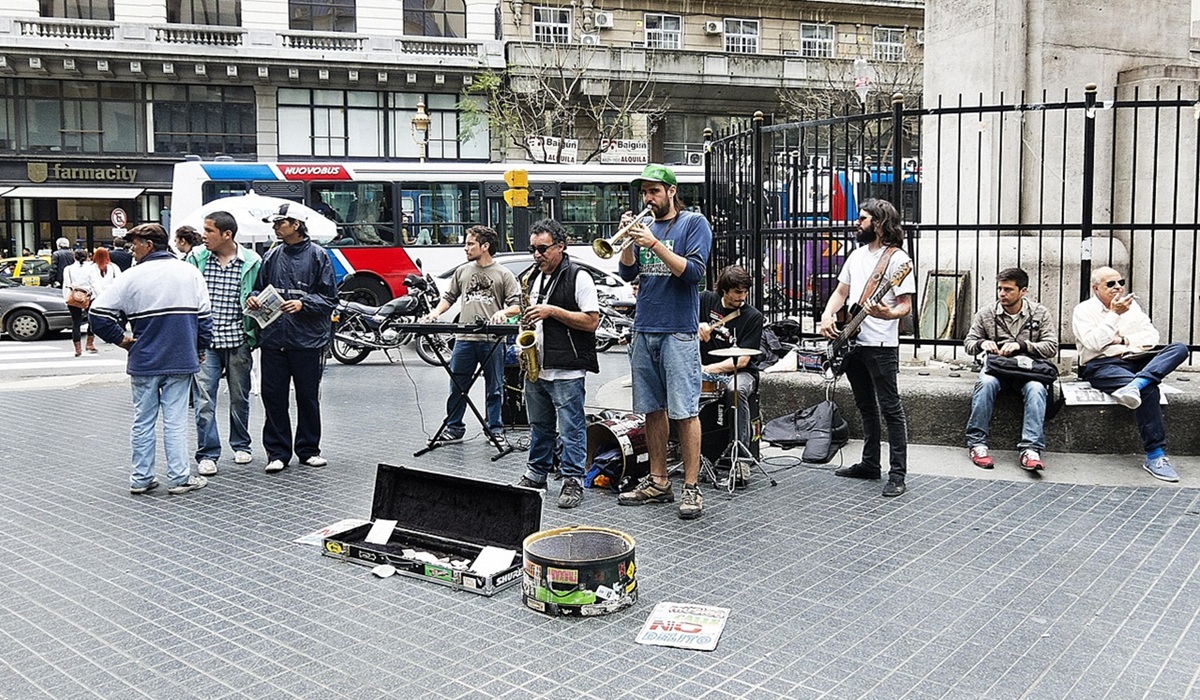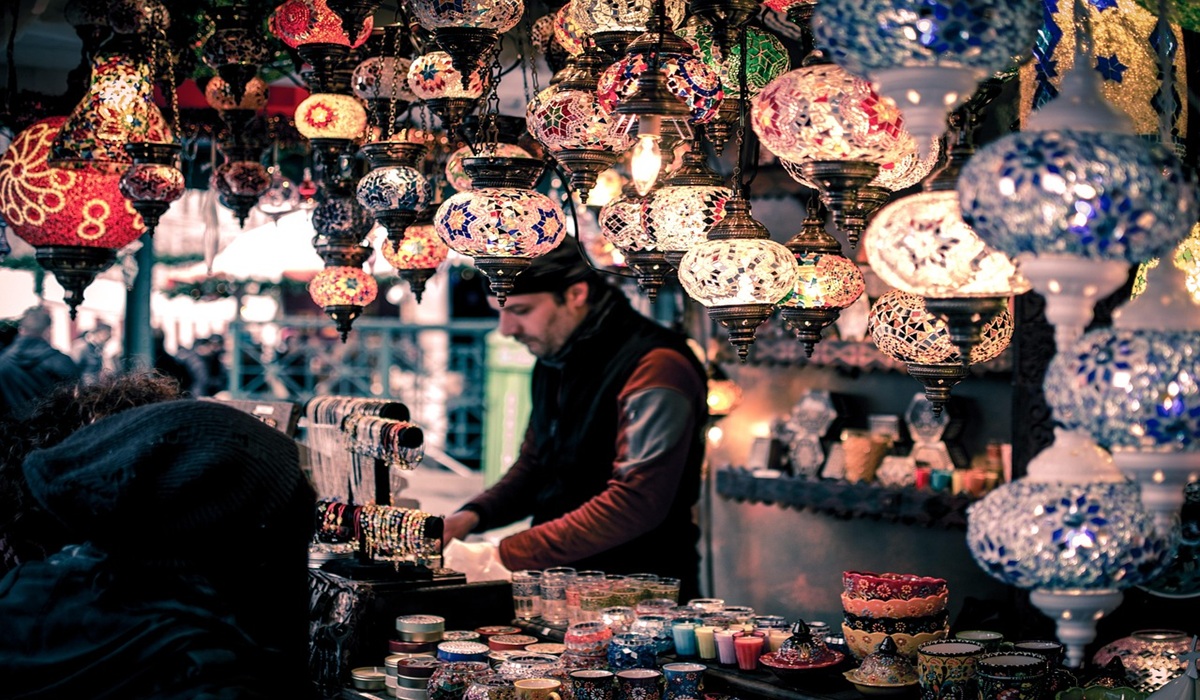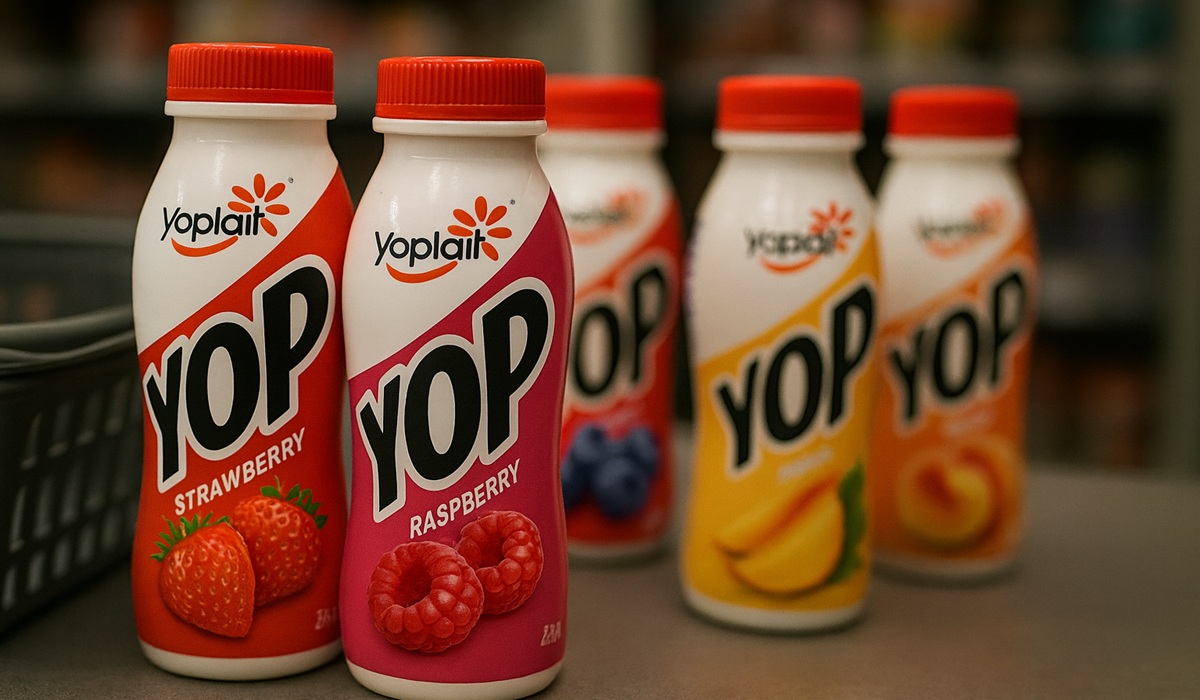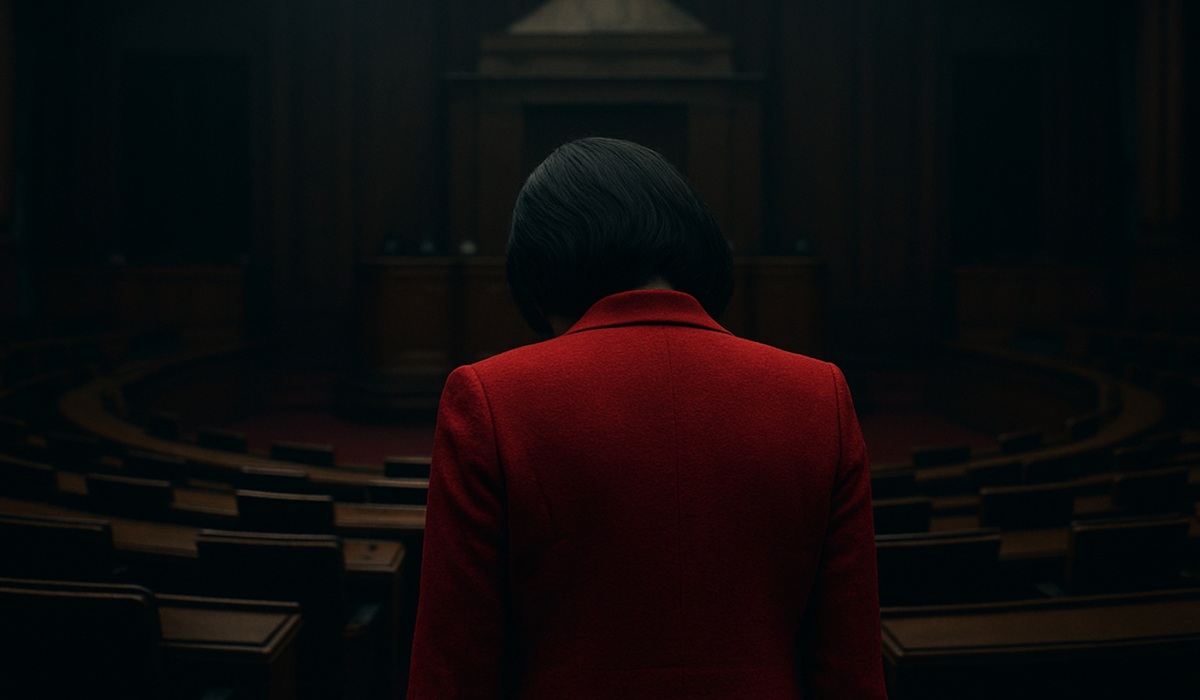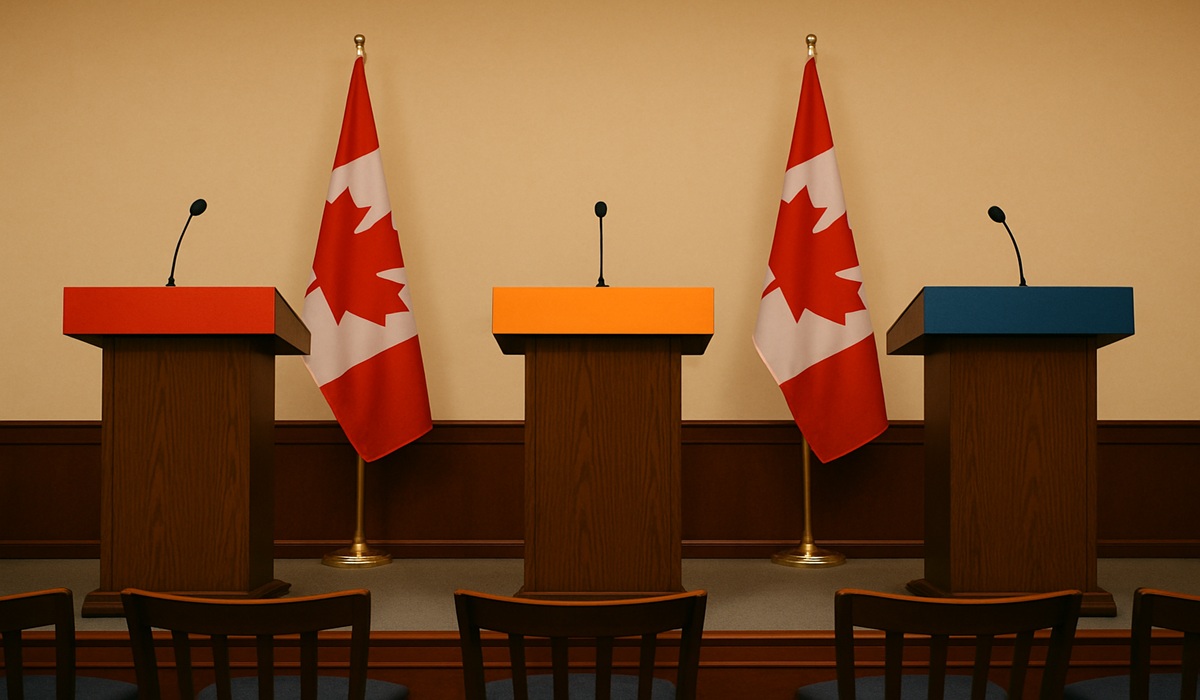The Influencer Conundrum: Hype, Hustle, and Hollow Promises
- TDS News
- Business
- Trending News
- May 17, 2025

In today’s digital gold rush, influencers are the new prospectors. With ring lights instead of pickaxes and followers instead of gold claims, they’ve convinced the world—and most tragically, marketers—that their word is worth millions. One post. One tweet. One fifteen-second TikTok. That’s all it takes, they say, to drive your brand to the moon. But here’s the reality nobody wants to say out loud: most of them are selling a dream that they themselves wouldn’t invest in.
Let’s break it down.
Brands are shelling out enormous sums—sometimes tens of thousands, sometimes millions—for a single post. That’s right. One sentence. One photo. One cleverly angled product shot. And the influencer? They take the money and hit “post.” That’s the transaction. No skin in the game. No accountability. Just a cold digital shrug and a whole lot of hope on your end that someone, somewhere, buys what they’re selling.
Now here’s what most people don’t realize: that influencer with 300 million followers? You are not reaching all 300 million. Not even close. Social media companies aren’t in the charity business—they’re in the control business. If every influencer’s post reached their entire audience, platforms like Instagram and X (formerly Twitter) would lose their biggest cash cow: paid promotion. Organic reach is throttled for a reason. Because if one post had unlimited visibility, there’d be no need to boost, no need for ads, and no way for Meta, TikTok, or X to keep raking in ad dollars.
What you get instead is a gamble. A rigged slot machine. You pay your influencer, they toss up a single post, and you cross your fingers while their audience sees a fraction—if that—of the message. There’s no do-over. No guarantee. And the influencer? They’re already onto the next paycheck.
The real kicker? Many brands, trying to escape this influencer roulette, have tried to offer equity deals. “We’ll pay you less upfront,” they say, “but we’ll give you 50% of the profits. If your post drives sales, we both win big.” Sounds fair, right? It would seem to incentivize results. But here’s what happens almost every time: the influencer says no.
Why? Because deep down, they either know their posts won’t convert—or they’re too short-sighted (and perhaps too arrogant) to risk anything beyond a guaranteed payday. If they really believed in their reach, in their power to move markets, why wouldn’t they take the bigger cut on the back end?
Maybe they don’t trust your product. Maybe they don’t trust themselves. Or maybe—just maybe—the whole illusion of their influence is more fragile than anyone wants to admit.
So who’s really winning? The platforms, without a doubt—they collect your ad dollars and control the reach. The influencers? Sure, they’re getting paid, but at the cost of long-term credibility. And you? You’re left with a glorified lottery ticket and an invoice.
In a landscape where everyone’s chasing clout, maybe it’s time brands started chasing results. Don’t get distracted by follower counts and filtered faces. Ask the real question: if an influencer isn’t willing to bet on themselves, why should you?

